Penrith Paceway aerial photo 1964. Note the vacant land - how Penrith has changed
The Penrith Paceway hasn’t changed much since it’s last upgrade in 1999, but the horses who race there have changed dramatically. Ten years ago you could go to Penrith with an average horse, and be quietly confident that you only needed to rate 2.1 or 2.2 to win.
Slowly but surely the mile rates have been coming down, and over the last couple of years, rates of 1.56 or 1.57 have become commonplace. But never in your wildest dreams, would you expect to see a three year old, return a rate of 1.53.6, and break the track record by 7/10 of a second, around a track measuring 804 metres in circumference.
Veteran horsemen were astounded to see Ignatius park outside the leader Picard for the last 1200 metres, before exploding away to win by 14.7 metres from a horse who was coming off a five win streak. It was win number 12 from 13 starts, and Ignatius is well on his way to stealing a little kudos from his celebrated uncle Beautide. In fact he’s showing quite a bit more now, than Beautide was at the same age.
The Penrith Club’s first President Dr. Maurice Renshaw battled for years to gain Government approval to stage registered race meetings on the showground track. It took a special act of Parliament to place Penrith outside the 30 mile(48 kilometre) metropolitan boundary, making it a country track.
In that era, people who fancied a drink on Sundays, had to find a pub 30 miles or more from the CBD before they could be served alcohol legally. Some of the pubs in places like Penrith and Campbelltown would really “swing on the Sabbath”.
The little Penrith circuit is now in it’s 54th year of operation, and in the formative years a respectable mile rate was 2.5.
A crowd of 7,000 turned up for the first meeting on Thursday 16th April 1964, to see the late Merv Adams win the opening race with Beauty Globe. A total of forty bookmakers fielded on the day, with another twenty on the waiting list.
40th Anniversary Racebook
Photo Insert shows the late Merv Adams winning the first race on the opening night in 1964.
Crowds were consistently good,and by 1984 the Committee approved the construction of the grandstand which is still in use today. Sadly there are many more empty seats today, than there were in Penrith’s golden era. In the same year the track dimensions were increased from 764 metres to 804, and to the chagrin of the current Committee,that’s where they’ll remain. The parameters of the showground, restrict any further development of the track itself.
The passing of Dr Maurice Renshaw in 1987, marked the end of an era for harness racing in Penrith. He had been an enthusiastic owner and breeder for many years, and was totally devoted to the progress of the Club.
Dr. Renshaw was succeeded by Bob Green who led the Committee for three years, before being replaced by the late Max Laughton OAM. The former policeman gave a mammoth twenty six years of devoted service to the Penrith Club, up until his passing earlier this year.
Jeff Payne is currently doing a good job as Acting President
Towards the end of Max Laughton’s Presidency, two major projects were completed. New lighting was installed on the racetrack, and a modern stabling barn erected adjacent to the float car park.Combined cost of the dual project was $2,325,000. The stabling area was named in honour of the late Don Clough OAM, former committeeman, and a long time devotee of the Penrith Club.
And so the Penrith Paceway hums along into it’s fifty fourth year, under the expert guidance of CEO Lorraine Pozza. Track curator Colin Wadwell and his team deserve special mention for the way the track is performing at the moment. Obviously you don’t get a 1.53.7 mile unless the surface is in pristine condition. No further improvement is necessary Colin. A 1.53.7 mile rate for 1720 metres is plenty fast enough.
If you missed the replay of the record breaking run by Ignatius in a Breeder’s Challenge Heat last Thursday night here it is again. This is a very special horse!



